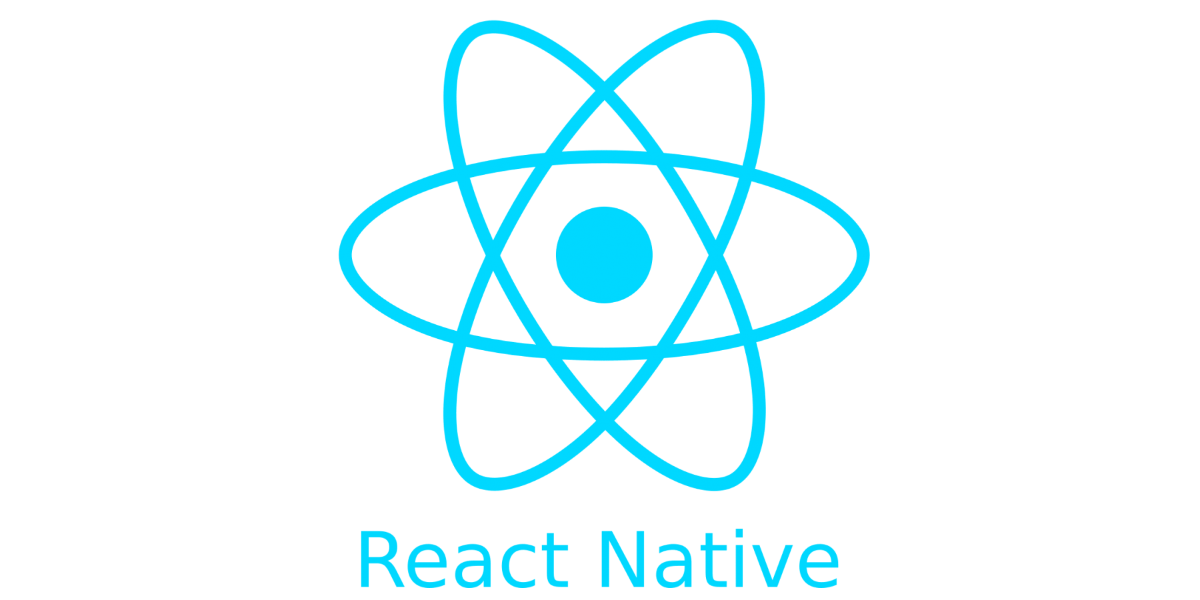The Beginners Guide To React Native App Development
React native is the most popular framework for developing cross platform mobile applications. React native is a JavaScript framework used to develop mobile apps for iOS and Android. It allows you to build interoperable mobile apps using only JavaScript, and you don’t have to worry about learning platform specific app development languages like Kotlin for Android or Swift for iOS.
React native app development
React native
- Multi-platform: One of the most significant advantages of React Native is that you can develop an app for both the Android and iOS ecosystems at the same time by writing the same code with a few modifications for each platform.
- JavaScript: There is no need to know the languages used to develop apps for a specific platform, because React Native uses only JavaScript, probably the most popular programming language today, to develop mobile apps.
- Performance: React Native enables fast mobile app development because similar code is used for apps for both platforms. It also facilitates a hot reload feature, which ensures that small changes made to the application are immediately visible to developers.
- Large developer community: A huge community of developers ensures that all queries are resolved in a timely manner and hence adequate support is available for the React Native framework.

Application components
- Application: This component will act as a container for all other components to come together to provide a complete application
- Header: As the name suggests, this component will be the header of the mobile application
- View image: This component is used here to display the image on the main screen
- Task item: Each task added is a separate component
- Task assignment: This component is used to add tasks to the application.
Community support
React Native is an open-source framework and allows the developer community to follow the documentation process for free. Plus, it allows them to post whenever they want. This framework is completely community driven, so developers can benefit from input from others and help developers struggling with syntax or other framework-related activities.
Code reusability
It is the most important contribution to the developer community. They can reuse React Native code for both Android and iOS platforms without having to build separate apps. The situation is ideal when the application is already written in React, and in this scenario the existing code can be reused and development costs are significantly reduced.
Responsive user interface
The main reason behind React Native’s success is its simplified mobile user interface. It is an open-source network, so developers can use a specific sequence to build applications. Additionally, apps built with React Native are more responsive, take less time to load, and offer a seamless user experience.
Modular architecture
This structure facilitates the development process, as developers can use each other’s projects when needed. Another advantage of the modular architecture is the rapid updating of applications. Developers can reuse these codes when working with web and mobile APIs.
Increased reliability
React Native ensures data binding and prevents parent data from being affected by child components. As a result, applications become reliable and solid. If developers want to make any changes, they will need to change their state first. It will allow developers to update only allowed components.
Quick access to ready-made solutions
React Native is quick access to libraries and read solutions for free. These solutions not only help in building applications but also enable developers to create error free codes.
Conclusion
Setting up the application development environment. Visualize the application in terms of components and maintain the project structure accordingly in a text editor.









